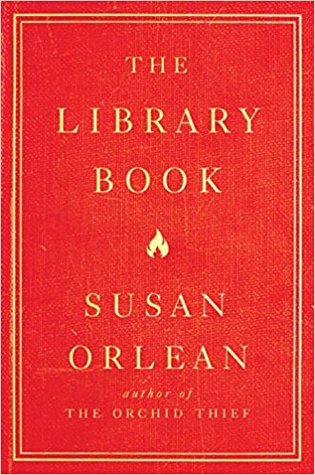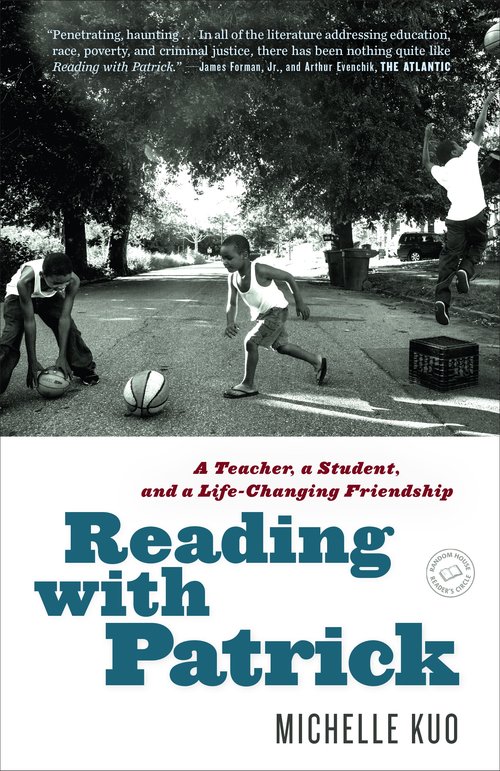Because Internet: Understanding the New Rules of Language Gretchen McCulloch (2019)
I’ve been involved with the mechanics of language on many fronts, especially as a lexicographer (for both medieval and modern English dictionaries) and as a teacher of writing. So a book that promises to steer me through the highways and byways of internet language naturally went on my library request list. Gretchen McCulloch does not disappoint.
As a linguistics scholar with credentials in more traditional language analyses, McCulloch is able to situate internet language within a larger framework. She starts her explorations slowly, explaining the differences between formal and informal writing and distinguishing both of these from formal and informal speech. She also provides useful background on the history of the internet, while refraining from disparagement of any internet users.
For example, the “founding population, the first wave of people to go online” (68), whom she calls Old Internet People, were amazing tech innovators, whether they were hauling around punch cards in the 1960s or coding HTML in the 1990s. Old Internet People aren’t necessarily elderly in age. They’re sophisticated in their programming abilities and proud of their online history, though they may not use more recent social media like Facebook. McCulloch goes on to describe
Full Internet People (into the social internet, especially instant messaging)
Semi Internet People (went online for work and only dip into the social internet)
Pre Internet People (never really connected much)
Post Internet People (can’t remember a time when they weren’t online constantly)
Having categorized those who use internet language, McCulloch gets to the core of her analysis, with in-depth chapters on
typography, which conveys tone
emoticons and emoji, which communicate physical gestures
chat and posts, which carry conversations
memes, which are just very odd.
McCulloch makes some grand pronouncements about internet language, and I found her assertions solid and convincing:
“From an internet linguistics perspective, language variation online is important not so much because it’s new (language has always varied), but because it’s only rarely been written down.” (56)
“Regardless of the specific linguistic circles we hang out with online, we’re all speakers of internet language because the shape of our language is influenced by the internet as a cultural context. Every language online is becoming decentralized, getting more of its informal register written down. Every speaker is learning how to write exquisite layers of social nuance that we once reserved for speech, whether we mark them my switching alphabets, switching languages, or respelling words. All our texting and tweeting is making us better at expressing ourselves in writing.” (57)
“More than two million people use emoji every single hour. Emoji didn’t succeed because they were a language, they succeeded because they’re not a language. Rather than try to complete with words on their home turf, emoji added a whole new system to represent a whole other layer of meaning . . . a way of representing our gestures and physical space.” (191-2)
“The chat format’s astonishing durability signals the true birth of a new form of communication. Chat is the perfect intersection of written and informal language. . . . While emails and social media posts and website text can all lay claim to the title of informal writing by virtue of being unedited, chat is informal writing in its purest form . . . with chat, the audience is known and the time horizon is fast. The other person can literally see that you’re typing, so it’s better to just get something out there than worry about composing the perfect message.” (214-5)
“What we’re arriving at, between typography and visuals, is a flexible set of ways to communicate our intentions and share space online. Not everyone uses every option: some people love emoji, some people prefer old-school emoticons or abbreviations, some people would rather do it with comedic timing in their vocabulary, linebreaks, and punctuation. But everyone needs something.” (195)
Because Internet is essential reading for anyone who uses the internet. I discovered, for example, that I don’t fit neatly into any one of McCulloch’s categories of Internet People. I worked for decades at a large university that was an early adopter of internet communication. I have my own website and blog. But I still follow the norms of offline authorities in my spelling and punctuation and grammar. My language seems to hybridize online and offline culture. I had to look up a few of McCulloch’s terms, but, hey, I could google them easily.
You’ll surely find some facts in Because Internet that fit your case. If you tweet frequently, you’ll learn why you punctuate the way you do. If you love Facebook, you’ll find out how your posts conform to internet language. Even if you’re not into memes, you’ll get an understanding of why others are: “The appeal of memes is the appeal of belonging to a community of fellow insiders.” (244)
I can’t resist one final quote from Because Internet: “Language is a network, a web. Language is the ultimate participatory democracy. To put it in technological terms, language is humanity’s most spectacular open source project.” (267)
For another review of a book about the internet, click here.




















